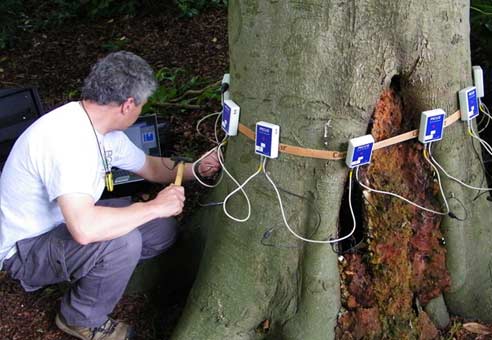
Trees are an essential part of our natural environment, providing numerous benefits such as reducing air pollution, improving water quality, and providing habitat for wildlife. However, they can also pose a hazard to people and property if they are not properly maintained. Tree inspection for hazard assessment is an essential part of tree care that helps identify potential risks and prevent accidents. In this article, we will discuss the importance of tree inspection for hazard assessment and its benefits.
What is tree inspection for hazard assessment?
Tree inspection for hazard assessment is a process of examining trees to determine their health, structural integrity, and potential hazards. It involves inspecting the tree from top to bottom, looking for signs of decay, damage, disease, or other factors that may pose a risk to people or property. Tree inspection for hazard assessment is usually conducted by professional arborists who are trained and certified in tree care.
Why is tree inspection for hazard assessment important?
Tree inspection for hazard assessment is essential for several reasons. Firstly, it helps identify potential hazards before they cause damage or harm. Trees that are structurally compromised or diseased can fall, causing injury or damage to property. By identifying potential hazards, tree inspection can help prevent accidents from happening.
Secondly, tree inspection for hazard assessment helps maintain the health of the tree. A healthy tree is less likely to pose a risk than a tree that is diseased or stressed. By identifying and treating problems early, tree inspection can help maintain the health and vigor of the tree, reducing the likelihood of it becoming a hazard.
Thirdly, tree inspection for hazard assessment can help preserve the aesthetic value of trees. Trees are an important part of the natural environment, and their beauty and majesty enhance our landscapes. By identifying and treating problems early, tree inspection can help preserve the aesthetic value of trees, ensuring that they remain a valuable asset to our communities.
Benefits of tree inspection for hazard assessment
Tree inspection for hazard assessment offers several benefits, including:
- Improved safety: By identifying potential hazards, tree inspection can help prevent accidents and ensure that trees are safe for people and property.
- Reduced liability: Property owners have a legal obligation to maintain their trees to prevent them from becoming a hazard. Tree inspection for hazard assessment can help property owners meet this obligation and reduce their liability.
- Increased property value: Trees are an important part of the natural environment and can enhance the value of a property. By maintaining healthy and beautiful trees, property owners can increase the value of their property.
- Enhanced tree health: By identifying and treating problems early, tree inspection for hazard assessment can help maintain the health and vigor of trees, ensuring that they remain a valuable asset to our communities.
Conclusion
Tree inspection for hazard assessment is an essential part of tree care that helps ensure the safety of people and property. By identifying potential hazards, tree inspection can prevent accidents and reduce liability. It can also help maintain the health and beauty of trees, increasing their value as an asset to our communities. As such, property owners should make sure to have their trees inspected regularly by professional arborists to ensure that they remain safe, healthy, and beautiful.